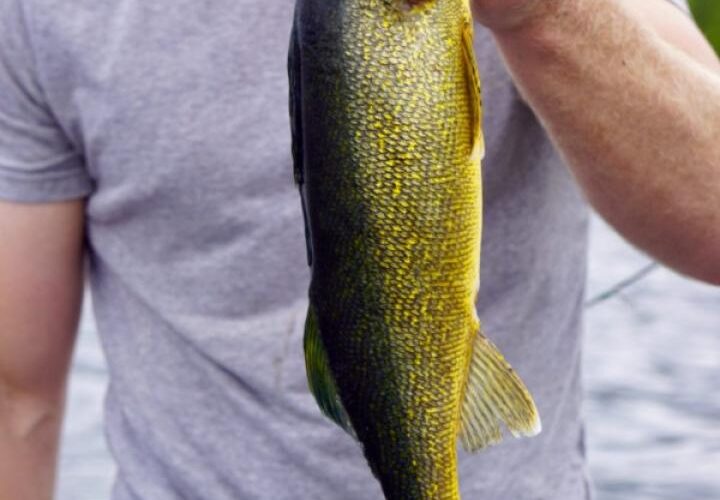Tactics
Sporting Clays Technique: How To Deal With Teal
November 24, 2025 •Mark Chesnut
July 17, 2022
As we are now getting well into spring, the waters are warming up and that means walleye in the North.
It’s time for what Tailoredtackle.com calls, “The Post Spawn.” Post spawn makes an excellent time for fishing walleye, “larger females feed heavily in late spring, about a month after spawning to regain the weight they lost. Close to Canada, this is typically May/June and closer to the lower Midwest it’s April/May.” While considered a northern fish, walleyes have been reported to have been introduced as far south as Alabama.
“Walleyes are intentionally stocked for sportfishing. One of the earliest introductions occurred in 1874 when Livingston Stone gathered a small number of adult walleyes captured in Vermont and transported them to California where the fish were released into the Sacramento River,” according to the Chesapeake Bay Program.

Fisherman in a canoe on a lake holds up a walleye he caught
So where on a body of water do you want to try your luck?
“In spring, walleyes like to stay near the shore, and they are easily found on the upper portion of the river. They swim around 3-10 feet deep during this time,” according to Huntingrule.com.
Due to adult walleyes being top predators—the only natural predator being us anglers—live bait still works the best. Minnows are the top go-to, but if lures are your thing, jigging is the next most popular baiting tactic.
After the annual spawn, anglers eagerly await the opportunity to target these prized fish as they recover from their reproductive efforts. Post-spawn walleyes can be challenging to catch, but with the right techniques, success is within reach.
As water temperatures rise post-spawn, they begin to move from their spawning grounds to deeper waters. Target these transition zones, focusing on drop-offs, weed edges, and rocky structures. Jigging with soft plastics or live bait, such as minnows, can be highly effective. Slow and subtle presentations work best as they can be finicky during this period.
Remember, post-spawn fish are hungry and opportunistic, so patience and adaptability are key. Experiment with different depths and lure colors to find what works best in your local waters, and you’ll increase your chances of hooking into some trophy walleyes.
Check with your local governmental municipalities regarding catch and release rules and regulations before you fish. While the population is stable, threats to these fish include climate change, channelization, erosion, overfishing and degraded water quality according to the National Wildlife Federation.
